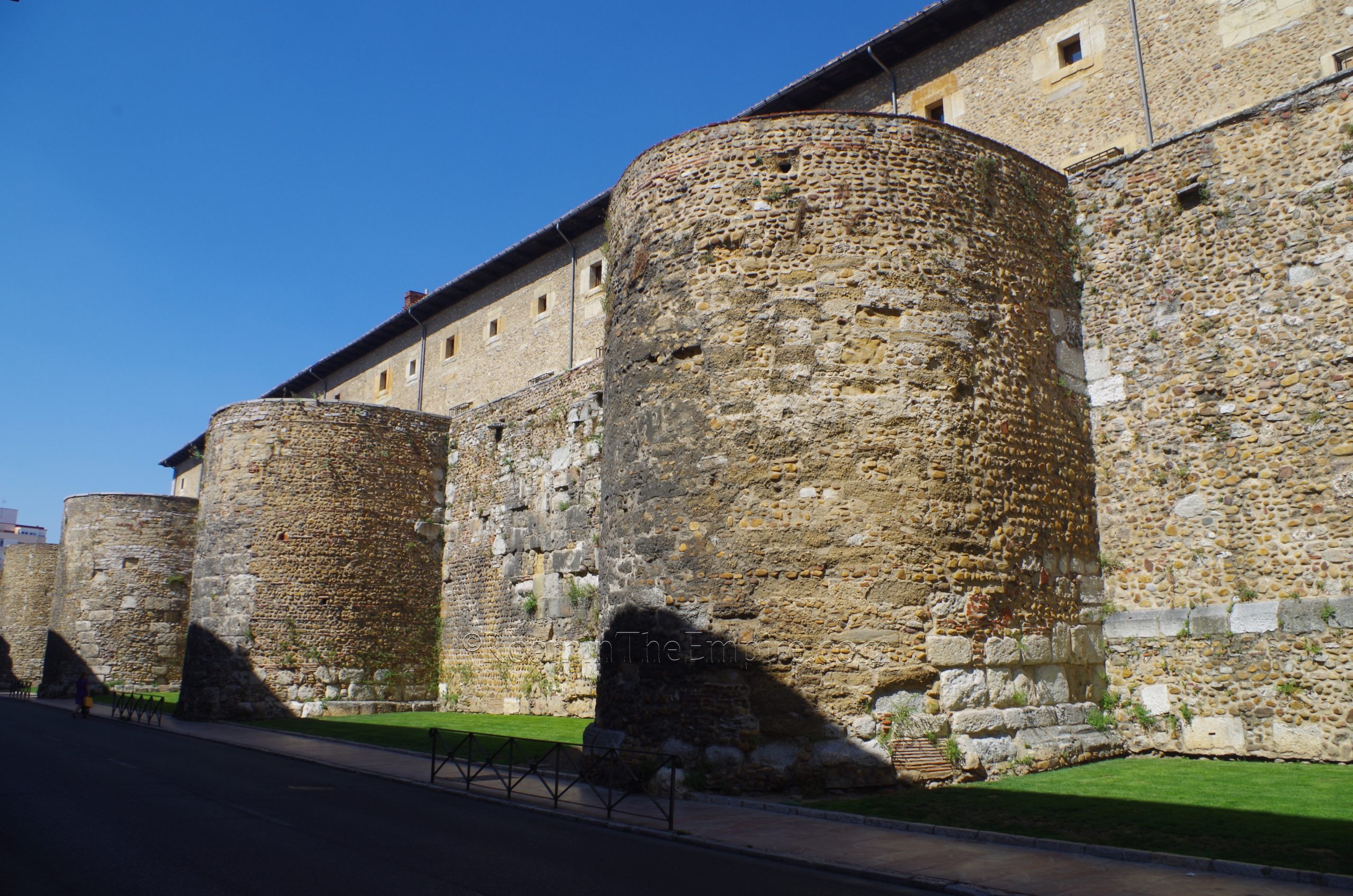
Most Recent Visit: July 2022
Located today among the city of León, in the northwestern Spanish region of Castile and León, are the remains of the Roman military fort of Castra Legionis, sometimes also referred to as just Legio. The modern city of León derives its name from Castra Legionis, more specifically the second half of the Roman designation. Roman occupation on the site of Castra Legionis begin around 29 BCE, when the location was used as a temporary military camp for Legio VI Victrix during Augustus’ Cantabrian Wars, which were more or less concluded a decade later in 19 BCE. The placement of the camp was strategically important for controlling movement through the region, being between the western Cantabrian Mountains, which rise up just to the north, and the wide Meseta Norte plateau that stretches out to the south and east. It is also near the confluence of the modern Torío and Bernesga Rivers, important tributaries of the Astura (modern Esla), which flows nearby to the south.
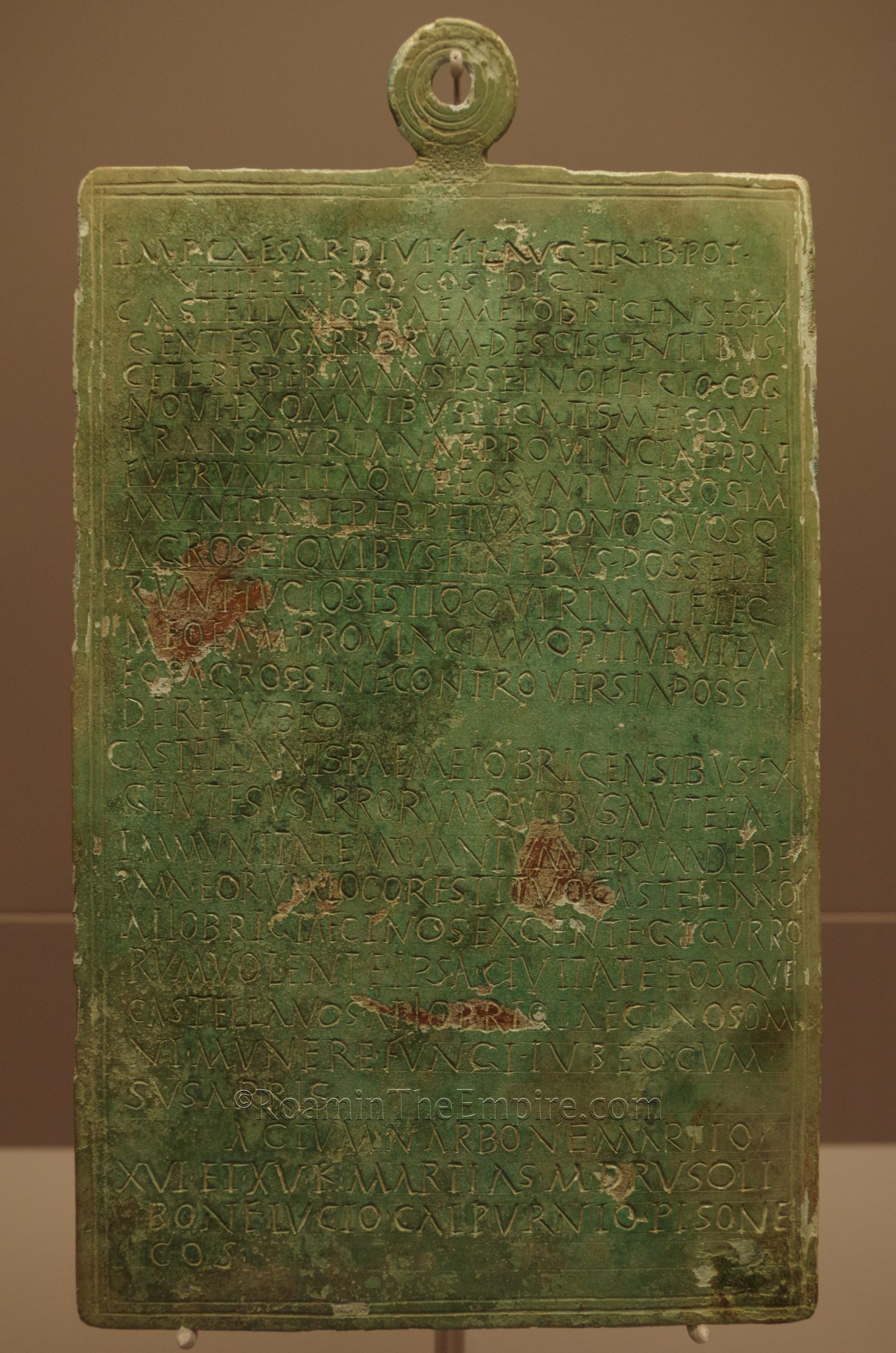
Following the encampment of the Cantabrian Wars, there seems to have been a drastic overhaul and construction of a second encampment around 15 CE. Legio VI Victrix still appears to have been the legion that made use of the encampment here. During Galba’s uprising against Nero in 68 CE, Legio VI Victrix proclaimed Galba emperor. Further, he raised Legio VII Galbiana in Hispania for additional support, which was officially constituted on June 10th of that year. Legio VII Galbiana was transferred out of Hispania shortly after, but returned in 74 CE with the new designation Legio VII Gemina, which was apparently given to the legion after heavy combat losses necessitated the merging of the legion with the troops of the disbanding Legio I Germanica. At this time, Castra Legionis was constructed as a permanent base for the unit. In addition to the strategic geographic position of Castra Legionis, it also served as a base for the protection and administration of the gold mining operations located to the west.
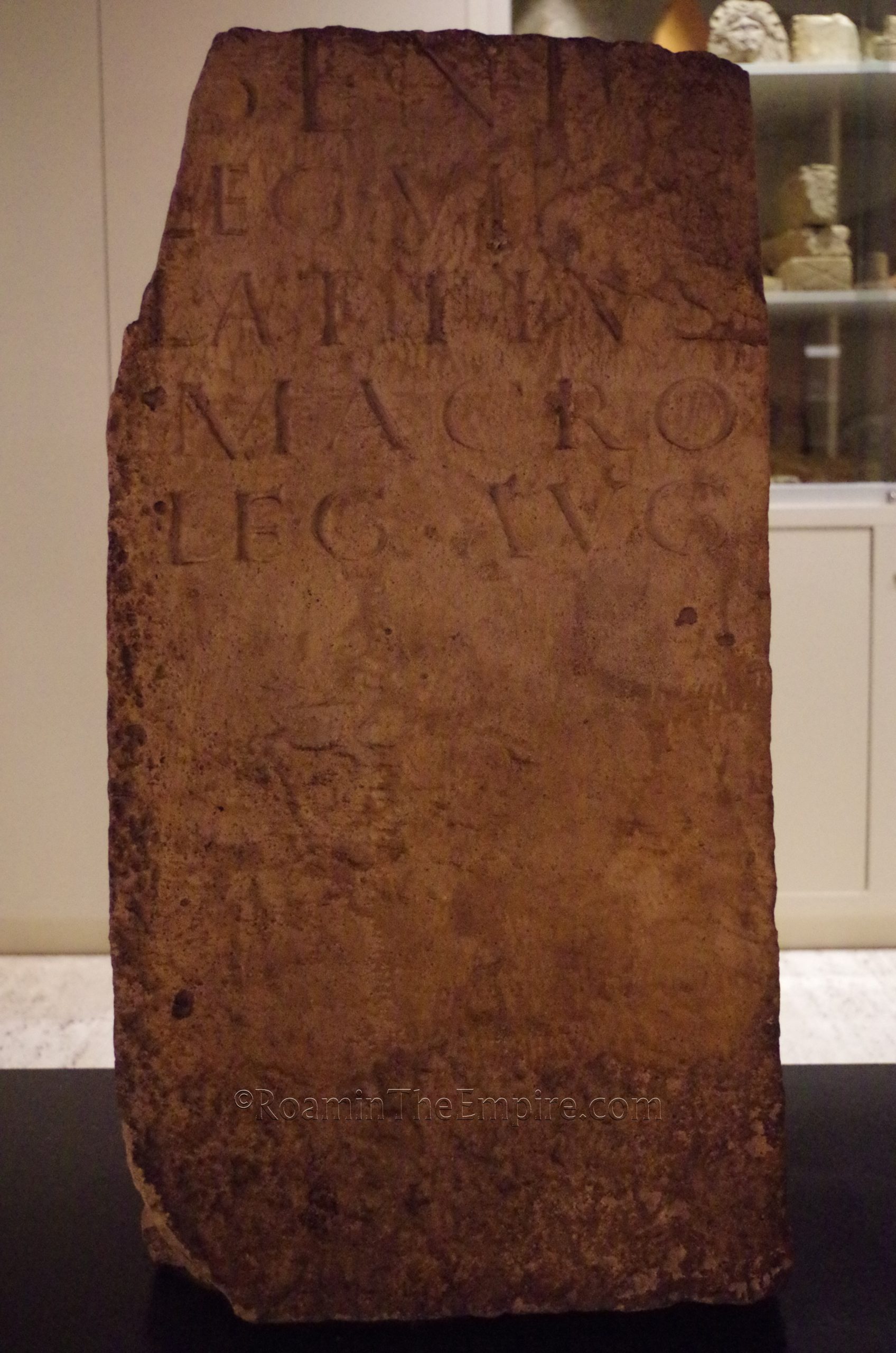
Outside the walls of the legionary fortress, a small civilian settlement called the cannabae developed, while a civilian vicus grew up a bit farther away on the banks of the Torío, about 2 kilometers from the fort. Shortly after their permanent placement at Castra Legionis, the future emperor Trajan served a turn as legate legionis of Legio VII Gemina circa 89 CE, while the legion was deployed in Germania. Legio VII Gemina was stationed at the fort through the 2nd and 3rd centuries CE, though the evidence of their presence there becomes more sporadic in the 3rd century CE, possibly due to extended deployments elsewhere. A new fortification wall was constructed in the late 3rd or early 4th century CE and there seem to have been the replenishment of troops to Legio VII Gemina from Pannonia around this time. The legion was still stationed at Castra Legionis at the end of the 4th century CE, but seems to have either been destroyed or disbanded in the early 5th century CE. The city that grew up in the spot of the fort, though, apparently did not succumb to the Visigoth invasions until the latter half of the 6th century CE.
Getting There: León is a relatively significant metropolitan area at about 200,000 in habitants, so it is fairly well connected to other cities in the region. There are rail departures from Madrid to León roughly every two hours, sometimes more frequently, with the most direct journeys on the fastest trains running about 2:15 and departing a few times a day. Other itineraries with changes can run upwards of three hours, and the prices range from 30 to 60 Euros. Bus connections also run several times a day at a journey time of three and a half hours and prices of 15 to 50 Euros. Train schedules are available at RENFE and bus at ALSA. The sites in the city center are all in a very walkable circuit once one makes it there. Parking can be a bit problematic in the area, but there are some free parking areas to the southeast as well as pay lots just outside the historic center.
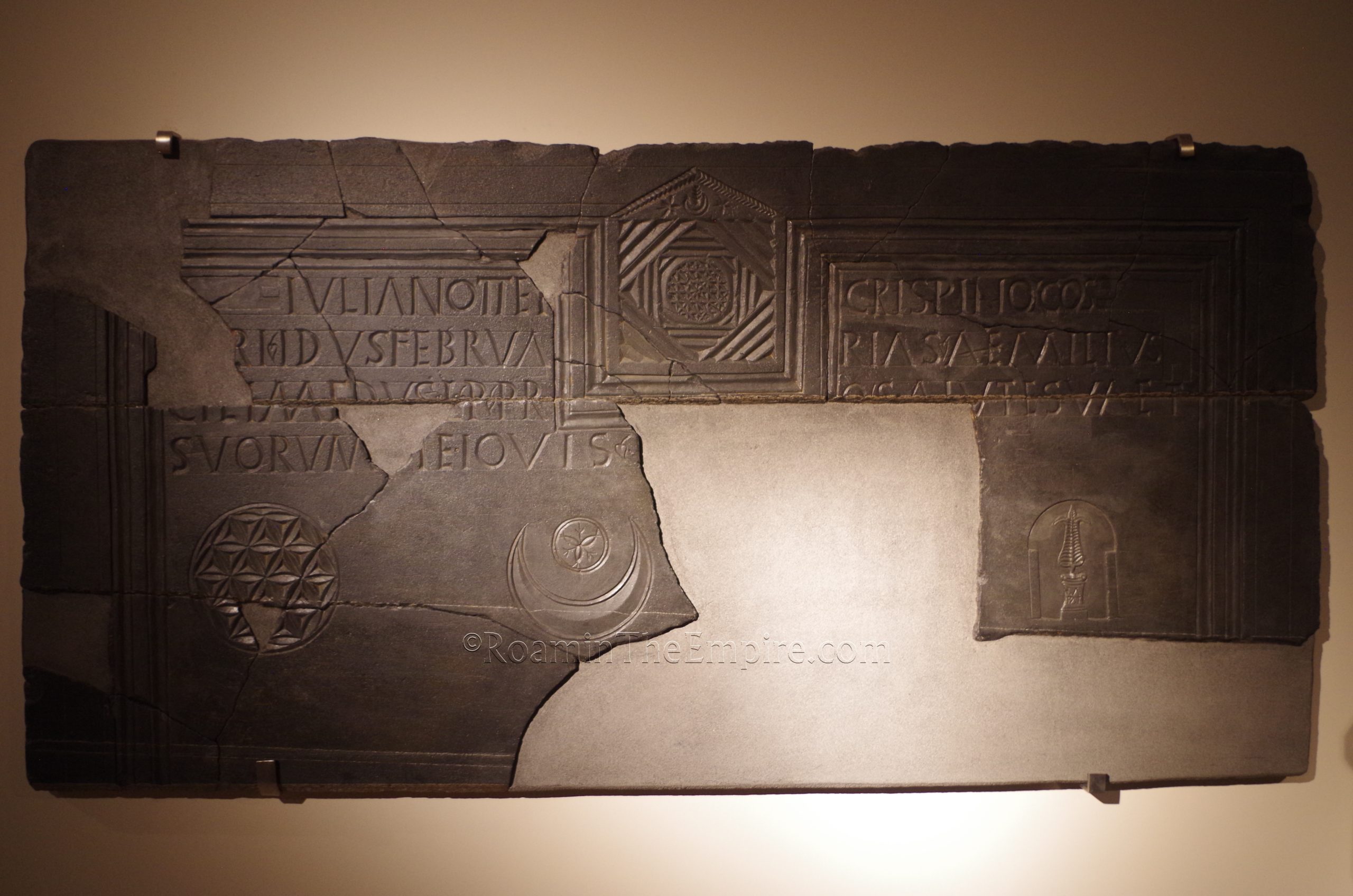
Perhaps the best place to start a tour of Castra Legionis is the Museo de León. Billed generally as a historical museum of the city, it is quite heavy in archaeological collections. It is located at Plaza de Santo Domingo 8, just outside what would have been the western gate of the legionary fortress, which now makes up the historical center of the city. The museum is open Tuesday through Saturday from 10:00 to 14:00 year round, but the afternoon hours vary based on the season; 16:00 to 19:00 from October through June, and 17:00 to 20:00 July through September. On Sundays and holidays, it is open 10:00 to 14:00. The museum is closed on Monday. Admission is 1.20 Euro.
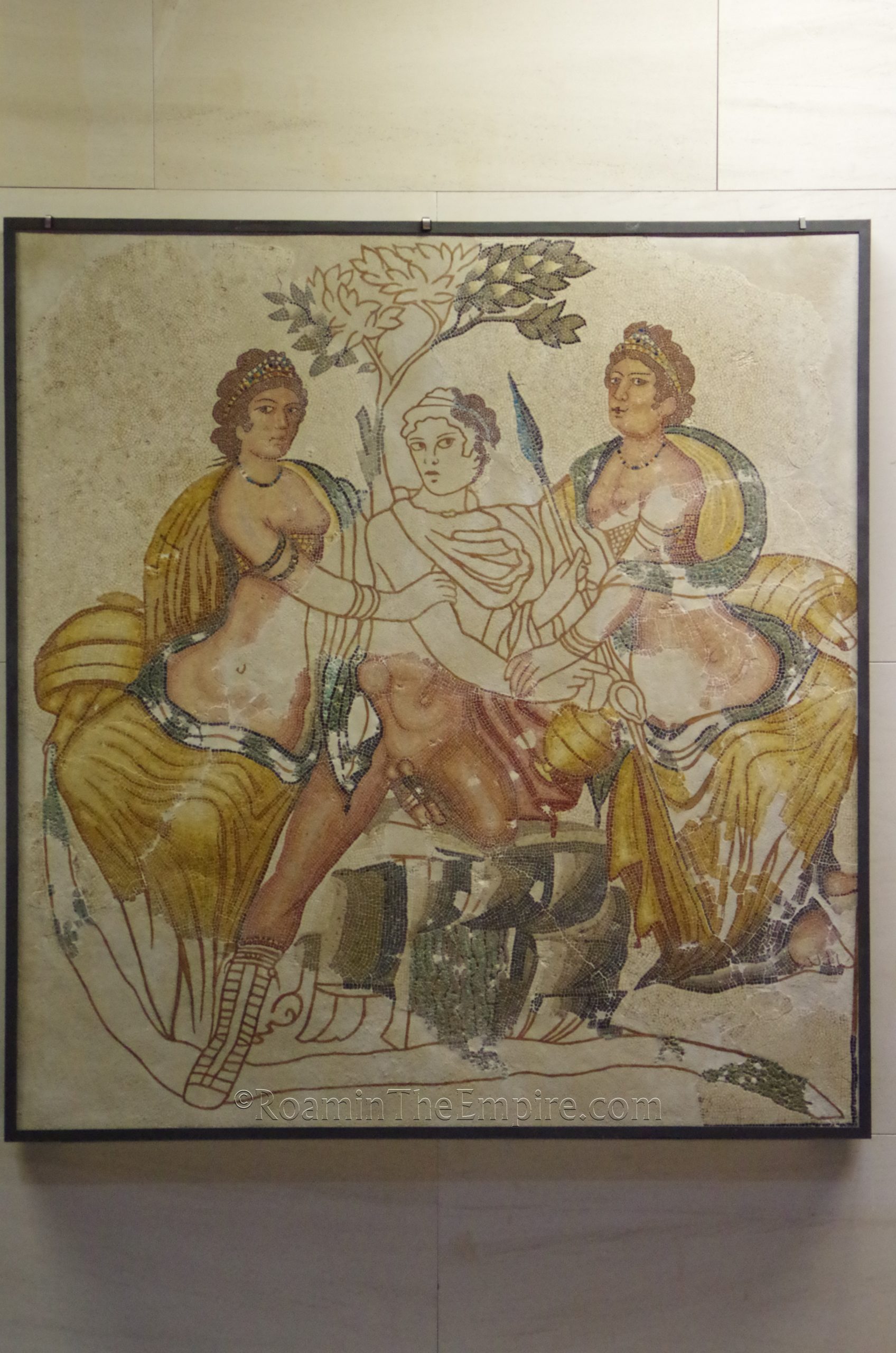
The museum has a rather nice collection and some really fantastic objects. The basement level is home to the numismatic assemblage, which spans the history of the area and does include a number of ancient coins. Also on this level is the lapidary collection, which is primarily Roman and pre-Roman inscriptions (and a few other miscellaneous objects) but does include some later pieces as well. The second level has an array of artifacts that one would expect to find in an archaeological collection; terracotta objects, small figures, ceramics and other small finds. There are a few nice mosaics.
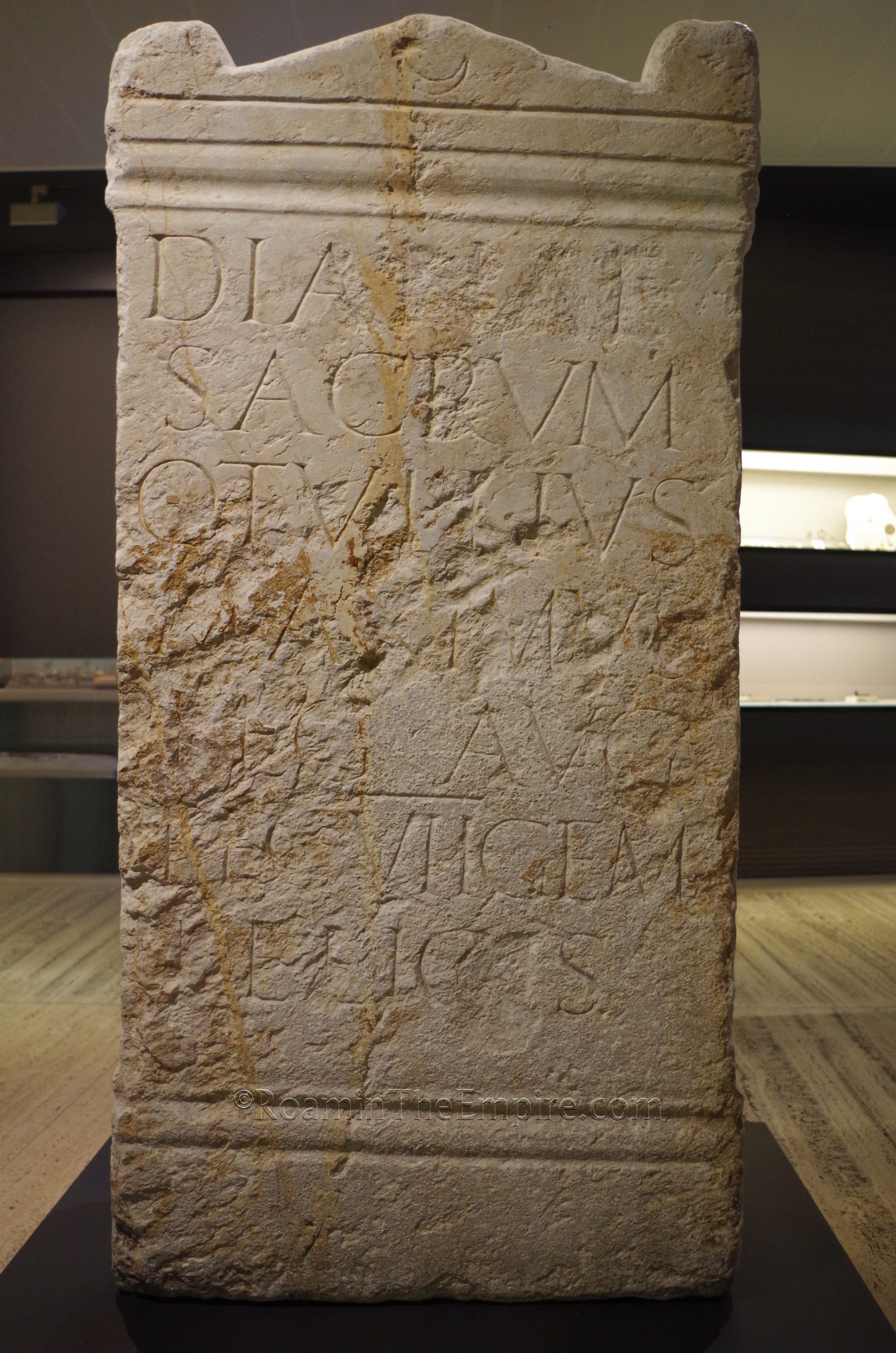
Some of the better epigraphic pieces are up here as well, among them an altar dedicated to Diana and inscribed on all four sides, including one with a lyrical poem dedicated to the goddess. In addition, a relief dedication to Zeus-Serapis with some interesting elements and the bronze edict of Augustus from Bembibre. Also of particular interest here is a collection of Vadinian funerary stele. A pre-Roman population group in Cantabria, the Vadinians are mostly known from the unique funerary stele that they were producing well into the period of Roman hegemony, as late as the 3rd century CE. This seemingly indicating that they were retaining a very distinct cultural identity for many years after Roman power came to the area.
The upper floor of the museum is primarily devoted to paintings and pieces from the later history of León, but there are a few ancient objects in one of the final rooms that does a sort of review of the history of the city. The museum is very nicely done and includes a lot of fantastic objects. Most have English descriptions alongside the Spanish descriptions. It’s pretty well presented and organized. I took roughly two hours to get through the museum, but, I was a tad bit rushed to make sure I could get to the opening of another site in town. I could easily see spending a bit more time under less pressing circumstances.
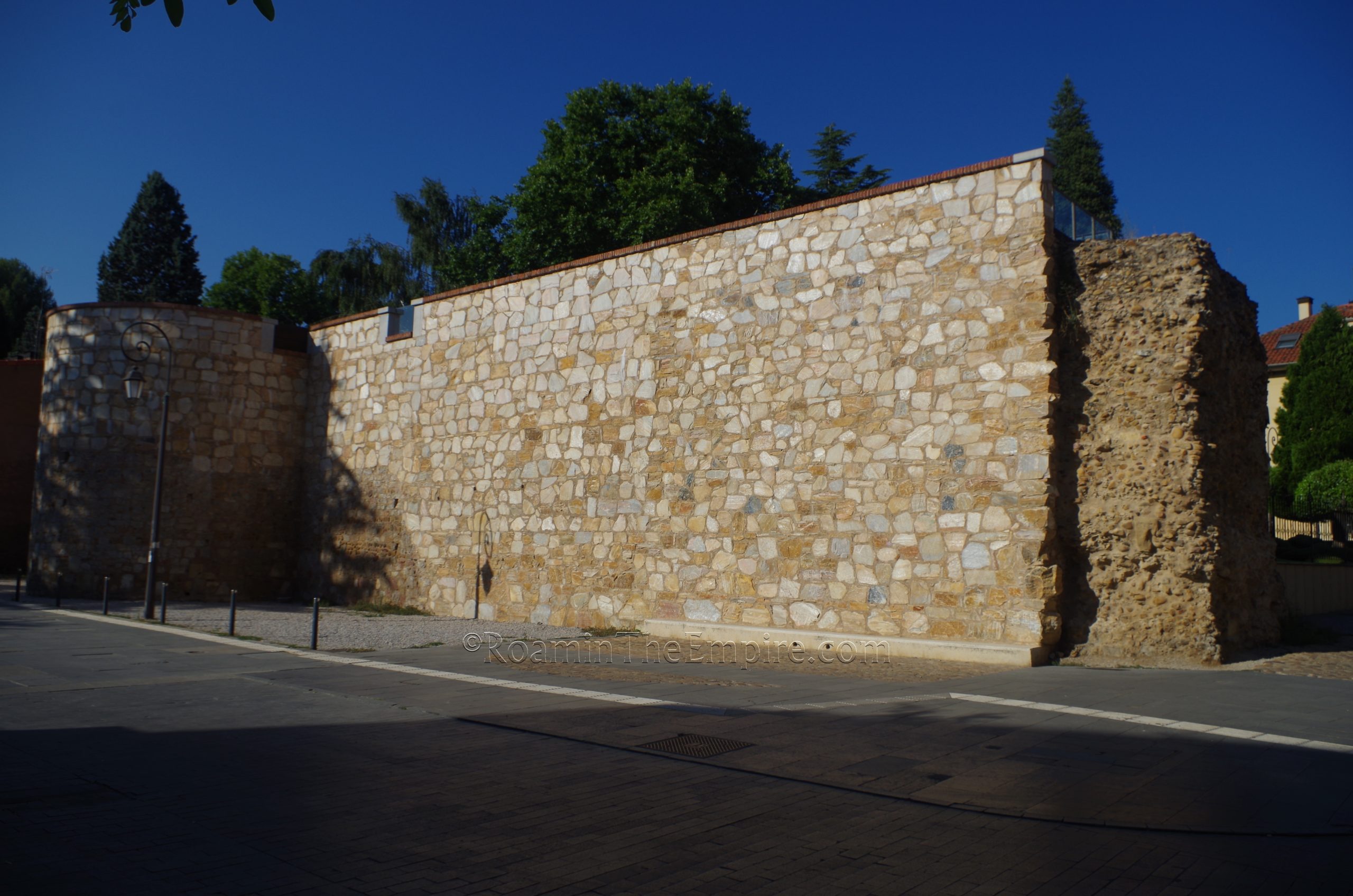
About 100 meters roughly to the northeast from the entrance of the museum, and just about 30 meters from the back of the museum building, are the remains of about a 45 meter stretch fortification wall. Much of the surviving circuit of walls in León is a mixture of the 3rd-4th century CE walls built by the Romans, and later restorations, repairs, and embellishments in the medieval period and beyond. This is pretty apparent in the very hodgepodge sort of mixed construction that can be seen in places. In the southern part of the old town, of which none of the walls remain, the medieval circuit was increased. But in the northern part, they essentially just built on the existing Roman walls. One of the nice things about this point is that a cross section of the wall can be viewed. Just at the end of this, the outline of the western gate, the porta principalis dextra, can be seen in the pavement stones.
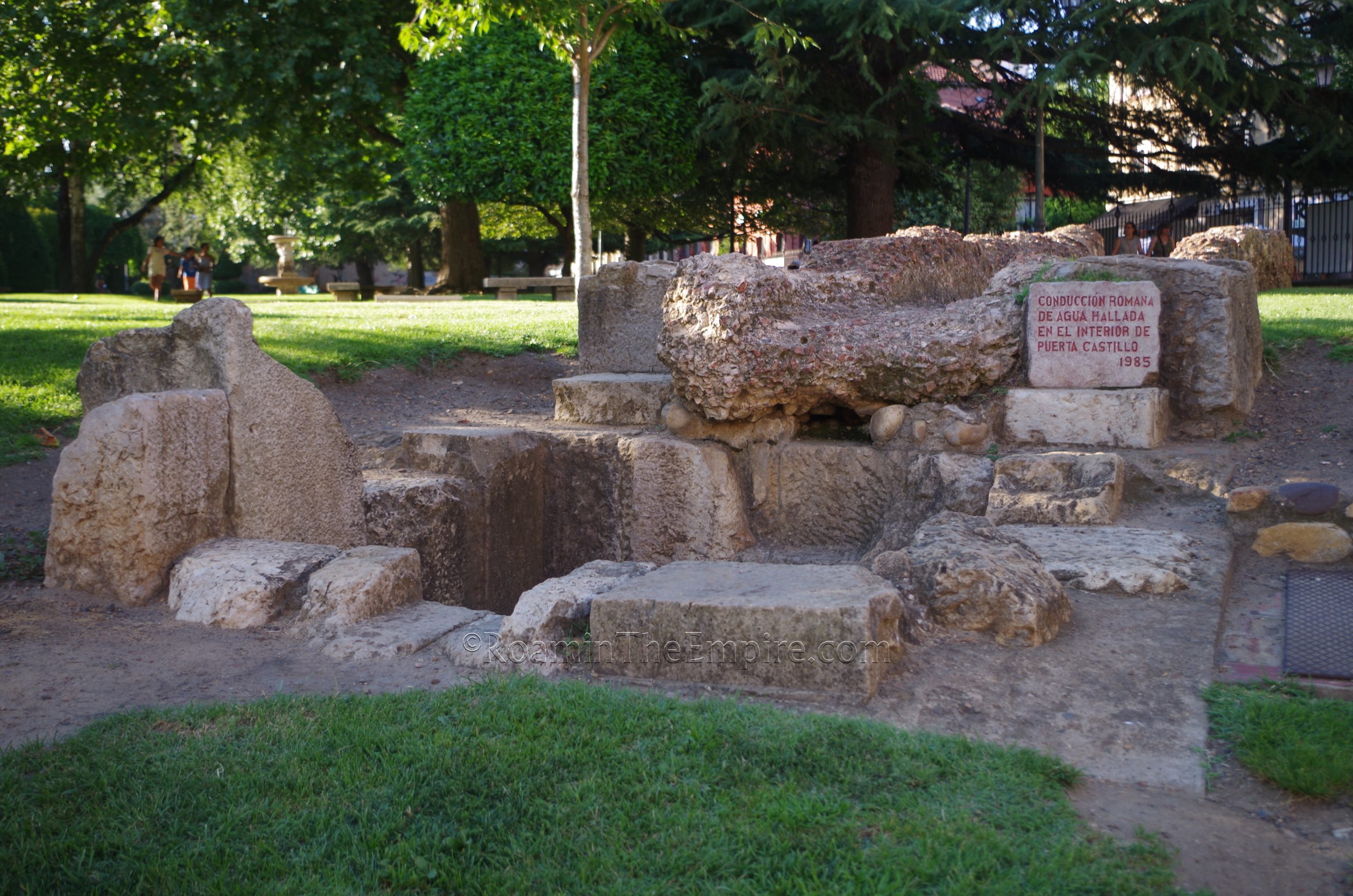
Just beyond the walls, in the south part of the Parque del Cid, a public park that is gated and does have stated hours of daily 10:00 to 22:00, though how reliable those are is unclear. In this south part of the park are the remains of some hydraulic works dating to the Roman period; a basin and water channel. A sign says that they were found inside the Castillo Gate, which is apparently another reference to the gate at the north side of the fortifications; which would presume that these remains have been moved from their original location. The aqueduct would have come from the northwest, but the actual route is currently not known.
Continued In Castra Legionis, Hispania Tarraconensis Part II
Sources:
Grant, Michael. A Guide to the Ancient World: A Dictionary of Classical Place Names. New York: Barnes & Noble Books, 1997.
Morillo, Angel and Victorino García-Marcos. The Defensive System of the Legionary Fortress of VII Gemina at León (Spain): the Porta Principalis Sinistra. Proceedings of the XIXth International Congress of Roman Frontier Studies, Sep. 2003.
Morillo, Angel and Victorino García-Marcos. Legio VII Gemina and its Flavian Fortress at León. Journal of Roman Archaeology, Vol. 16, 2003.
Morillo, Angel and Victorino García-Marcos. The Legionary Fortress of VI Victrix at León (Spain). The New Evidence (1995-2000). Proceedings of the XVIIIth International Congress of Roman Frontier Studies held in Amman, Jordan, Vol. 2, Sep. 2000.
Morillo, Angel and Victorino García-Marcos. The Roman Camps at León (Spain): State of the Research and New Approaches. Gladius, Vol. 13, 2009.
Smith, William. Dictionary of Greek and Roman Geography. Walton & Murray, 1870.
Stillwell, Richard, William L. MacDonald, and Marian Holland. McAllister. The Princeton Encyclopedia of Classical Sites. Princeton, NJ: Princeton U Press, 1976.
Tacitus. Historiae, 2.11.


